From globaltimes:
China to display HQ-19 surface-to-air missile system with ballistic missile intercepting capabilities at airshow for 1st time
By Liu Xuanzun
Published: Nov 07, 2024 09:37 PM
The Chinese People's Liberation Army (PLA) Air Force is set to display for the first time the HQ-19 surface-to-air missile system at the Airshow China 2024 in Zhuhai, South China's Guangdong Province to be held from November 12 to 17, 2024.
The Chinese People's Liberation Army (PLA) Air Force will for the first time display the HQ-19 surface-to-air missile system at the upcoming Airshow China 2024, to be held in Zhuhai, South China's Guangdong Province from November 12 to 17.
Featuring large combat-protection coverage, strong defense penetration and countermeasure capabilities, the HQ-19 is China's new-generation surface-to-air missile system, and is mainly used to intercept ballistic missile targets in a region, China Central Television (CCTV) reported on Thursday.
The launch vehicle of the HQ-19 uses a highly mobile 8x8 wheeled chassis, and each vehicle is equipped with six interceptor missiles stored in storage-transport-launch integrated launcher tubes, CCTV reported, noting that the interceptor missiles use cold launch.
Judging from the design of the self-adaptive launch pad at the rear of the launch tube, the HQ-19 is launched at a large angle close to vertical, CCTV said.
This indicates that a higher level of technology has been applied in the weapon, the report quoted experts as saying.
With the characteristic of "strong defense penetration and countermeasure capabilities," the HQ-19 is able not only to intercept conventional ballistic missiles, but also to counter hypersonic glide vehicles, maneuvering in the atmosphere to penetrate defense, and is capable of intercepting targets at various speeds with a large range, CCTV quoted experts as saying.
These traits showed that the HQ-19 has reached an advanced global level, experts said, according to CCTV.
Chinese military expert Zhang Xuefeng told the Global Times on Thursday that the HQ-19 can generally be described as a dedicated anti-ballistic missile system, while the HQ-9 and the HQ-22, which are Chinese surface-to-air missile systems previously announced to be in service with the PLA, focus more on anti-aircraft missions and have less range in anti-ballistic missile missions.
Zhang pointed to ballistic missile threats in recent conflicts elsewhere in the world, noting that conventional air defense missiles showed limited efficiency in countering ballistic missiles, which is why a regional air defense system dedicated to ballistic missile interception is needed.
The HQ-19 has further enhanced the PLA Air Force's air defense and anti-ballistic missile capabilities, and is just as significant as the J-20, Zhang opined.
Among other things present at the Zhuhai airshow there is also the J-35, Su-57, and a bunch of drone stuff too.
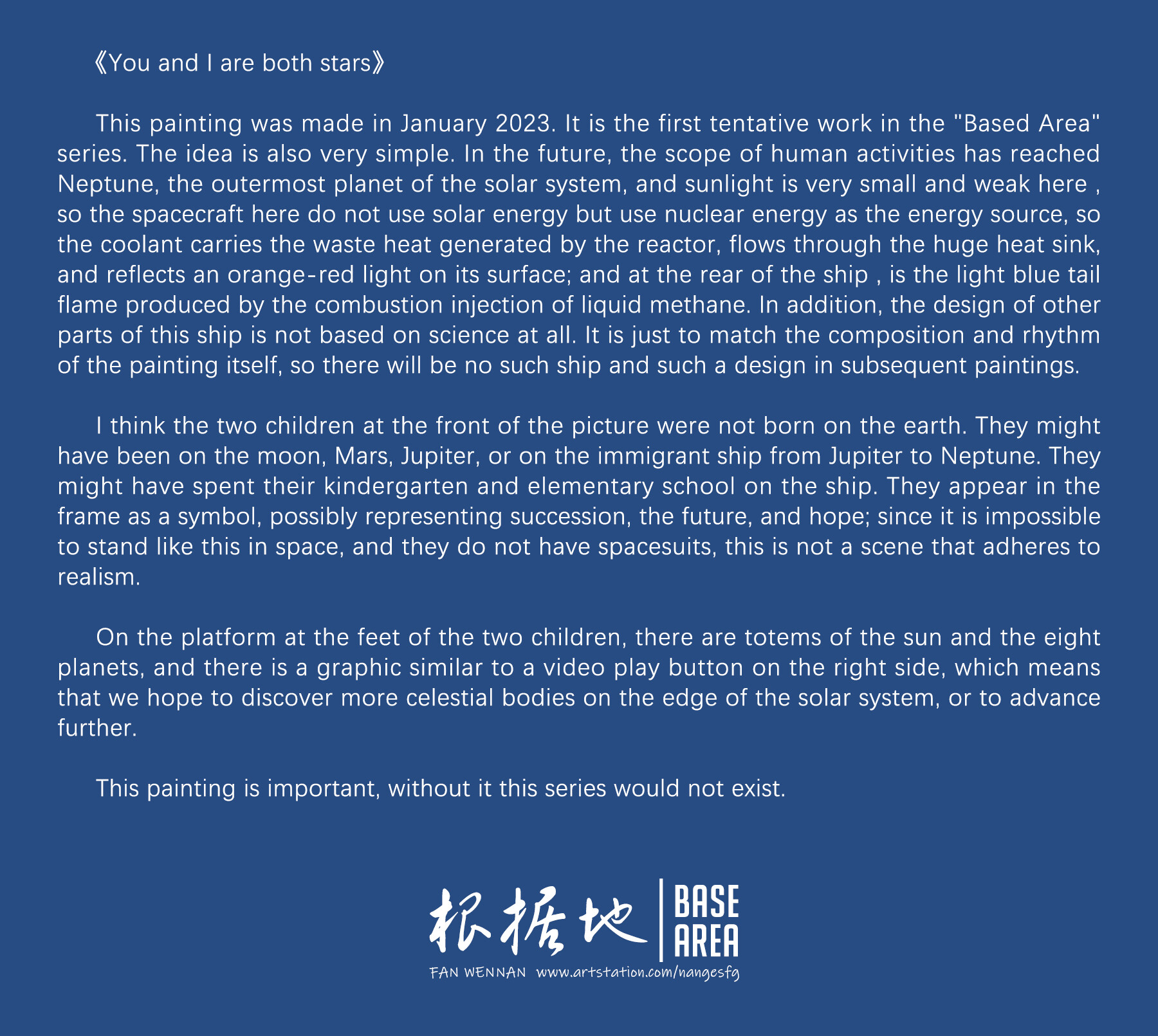


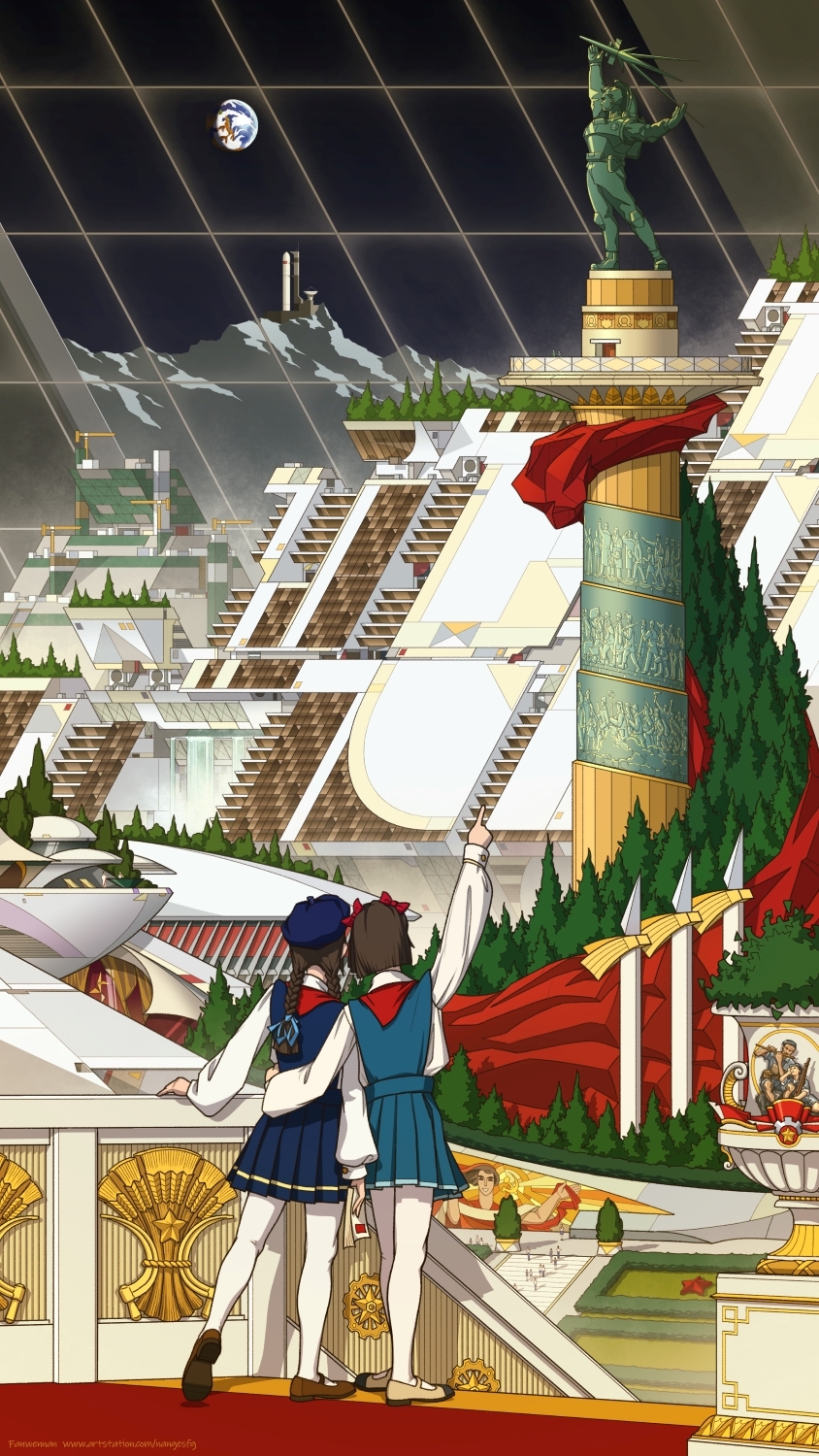

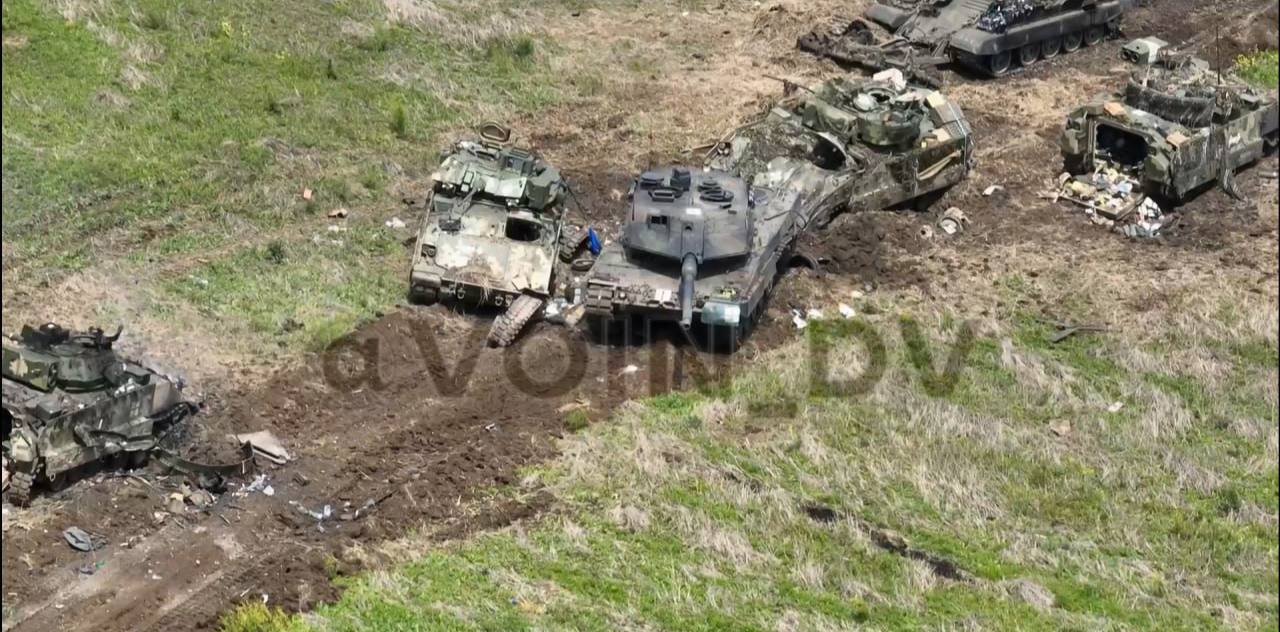
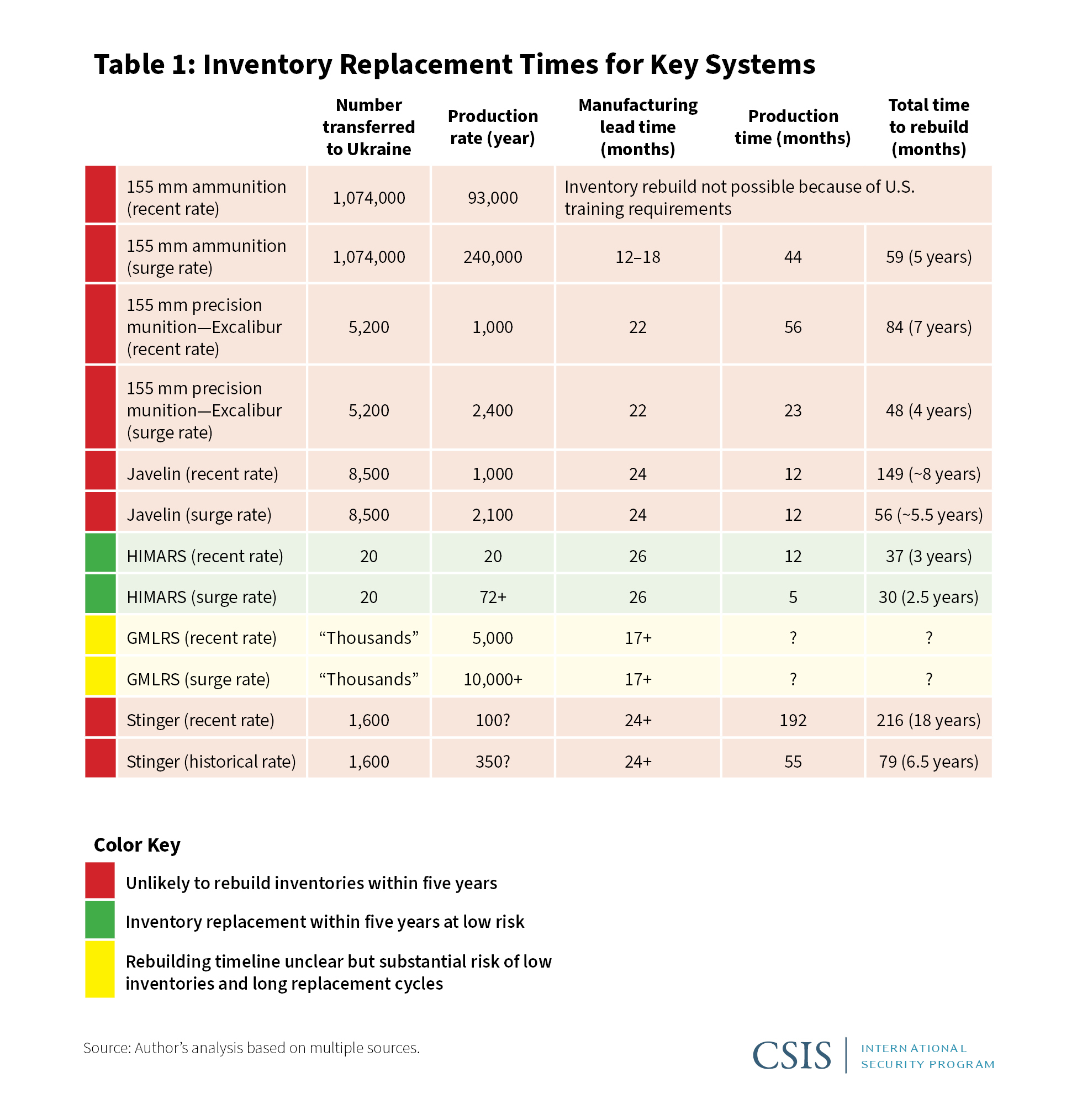

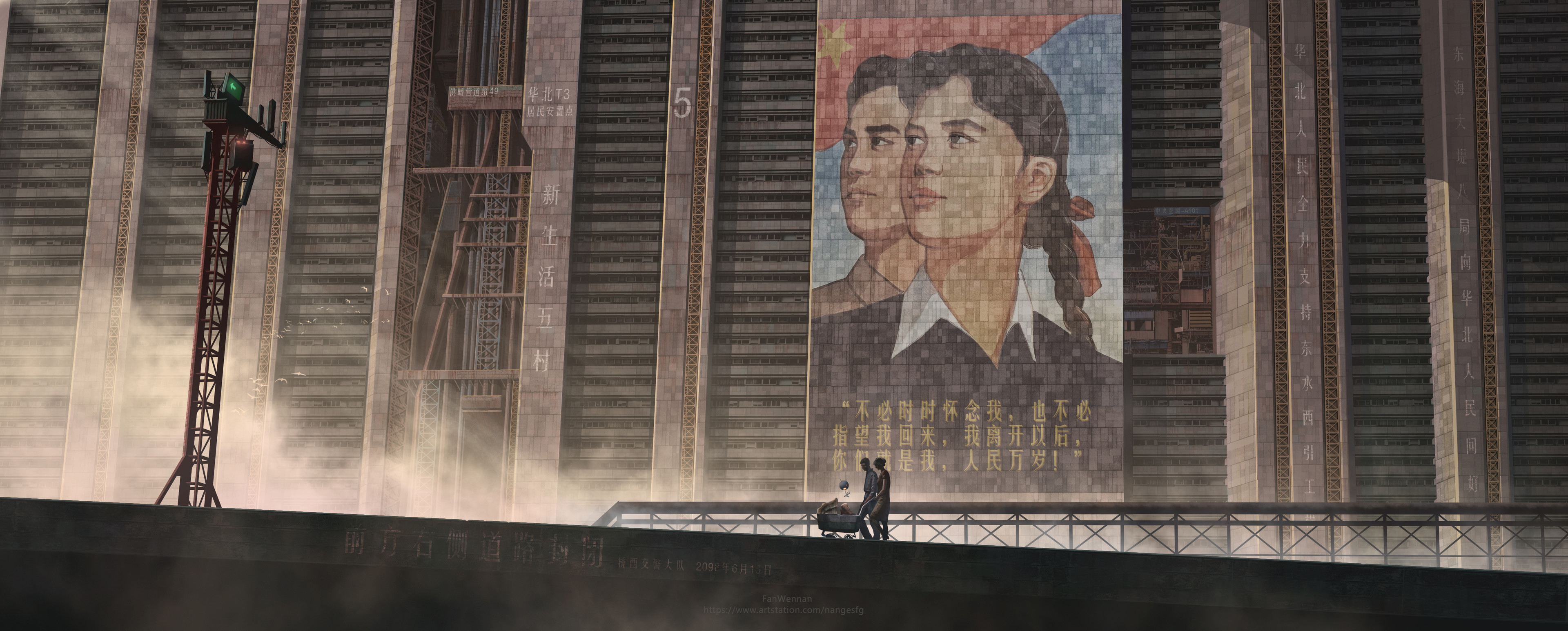
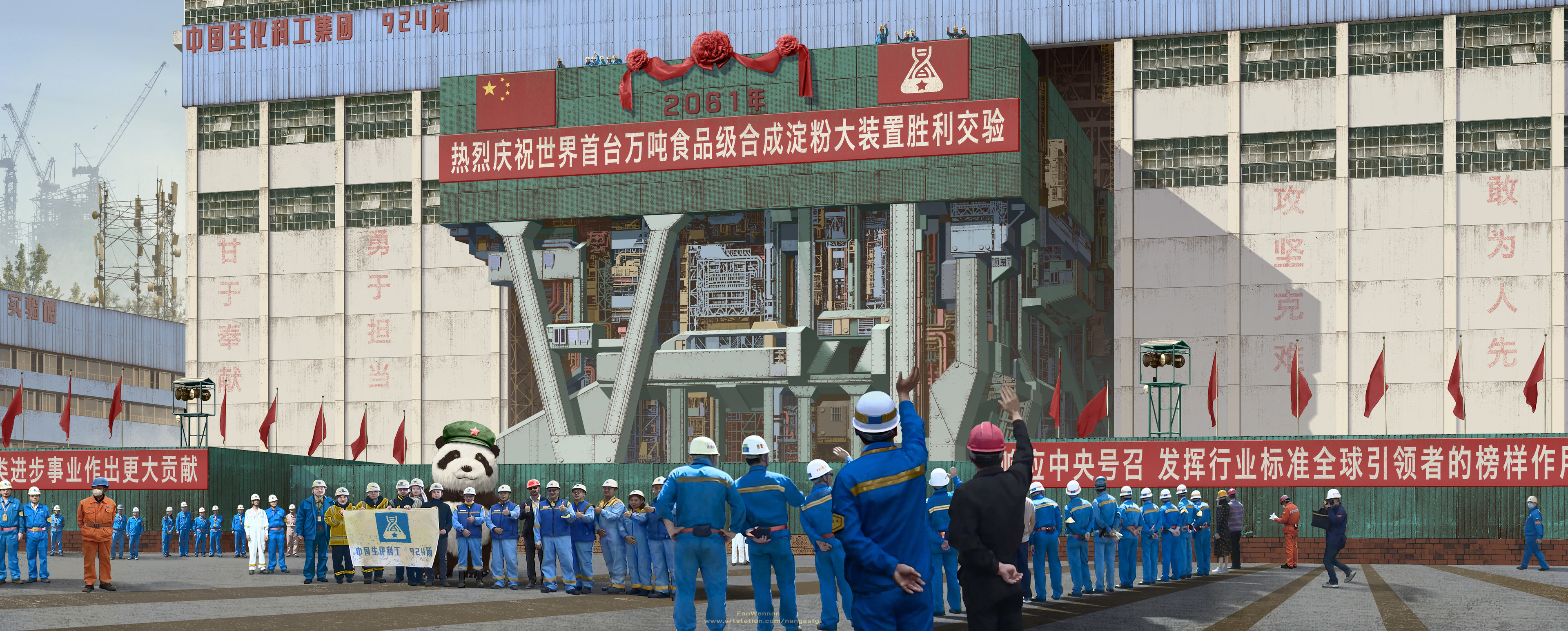
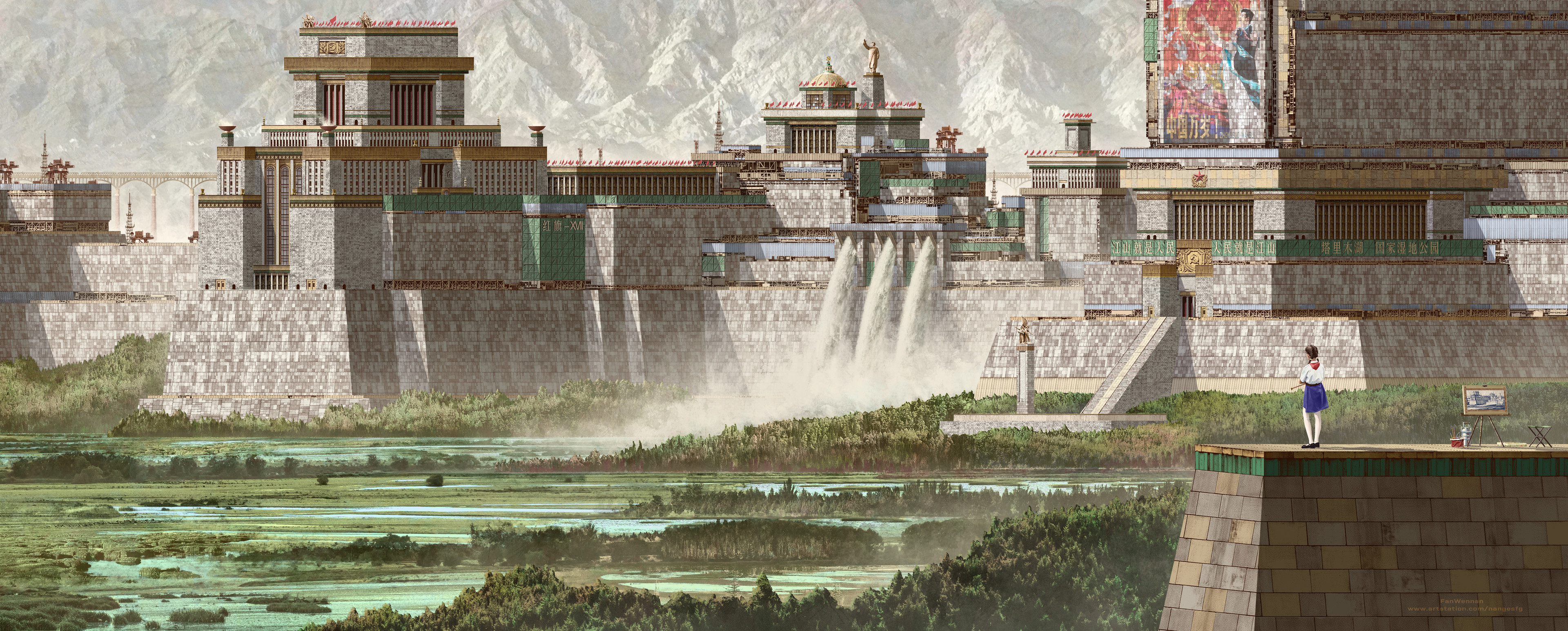
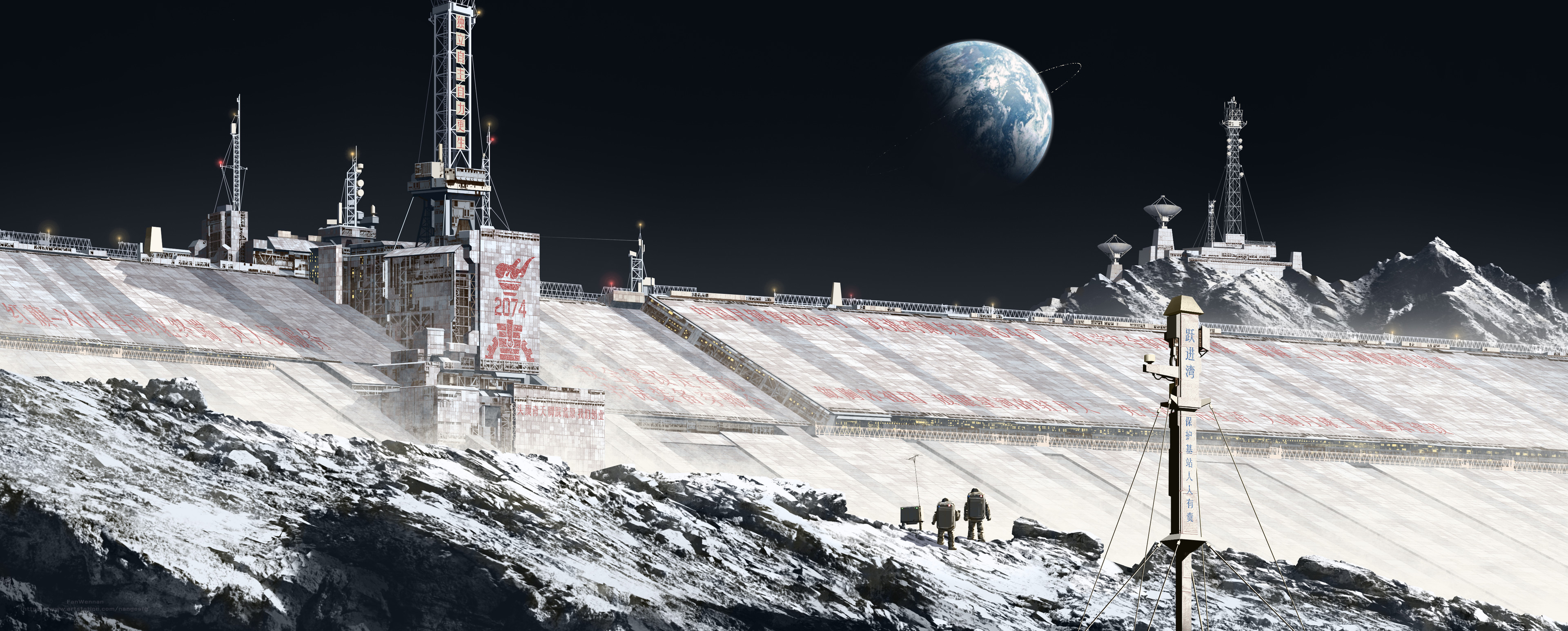
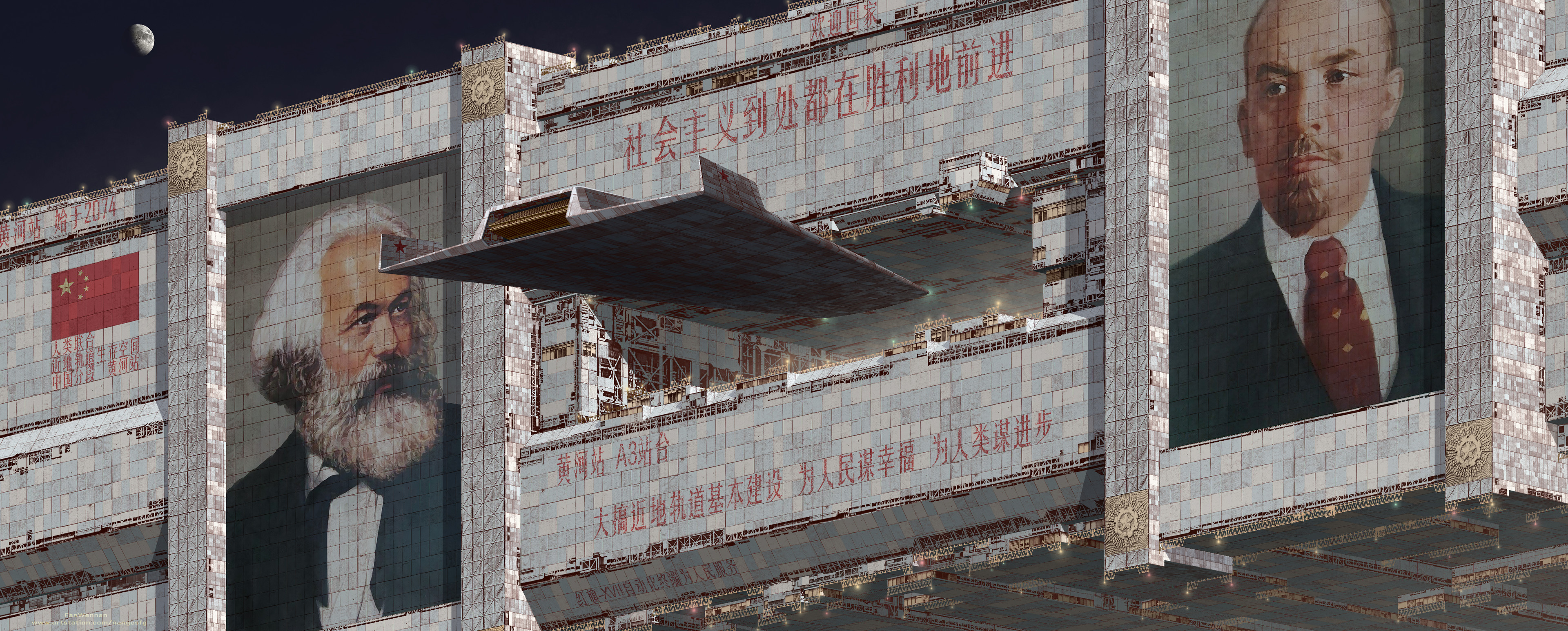
Reverse Collapse: Codename Bakery is fun yet challenging especially in its stealth maps and puzzle maps. Since I played for the story I went for casual difficulty which presents a fair challenge in achieving the best rank possible (S-rank) while encouraging the player to use their items and overcome specific problems (such as a certain enemy's one-hit kill skill) with it. Higher difficulties present their dilemmas less in the form of increased enemy statistics but rather in the mass of enemies encountered, their positioning, and being obstacles that prevent easy achievement of the S-rank completion. That said there are definitely items that get used way more either due to being useful precursors (fragmentation grenades) or being too good in comparison (rocket launcher, cruise missiles, and painkillers/healing grenades).
Its story is gripping starting from the well worn war story trope of surviving an ambush to one that incorporates timeline hopping pretty well. And while the vast bulk of the story is presented in visual novel format, there are both well animated cutscenes that utilize the game's engine to express kinetic scenes and more mundane game engine actions that are combined with text boxes to express movement and actions that would be hard to do using purely game mechanics.
Setting-wise, it takes place in the near far future in a post-post-apocalyptic earth where alien space radiation leaking into the environment due to an explosive accident created the conditions for WW3 through extensive environmental damage while also turning any survivors (both humans and in another game, Girls Frontline 2 Exilum, animals too) into silicified zombies capable of tearing apart mechs and tanks. Human civilization survived and adapted to the point of eventually being able to decontaminate the environment and provide treatment for people infected by the alien space radiation (though expensive). The protagonist's faction, the Antarctic Union (AU), survived WW3 through isolationism and reverse-engineering alien technology that allows "for the discorporation and reconstruction of matter at will, and even the transmission of matter over long distances", collapse and reverse collapse. The antagonist faction, the Union of Rossartist Nation Coalition (URNC), lacks this technological capability and as a result the URNC has resorted to extreme measures to close this gap during the war with the AU due to suffering extreme losses despite a massive industrial and automation discrepancy in their favor. The events of the story takes place in the Caucasus where the protagonist faction seeks to extract an individual whose biological makeup allows her to safely activate the alien artifact sites that contains the secrets to reverse engineer this alien technology.